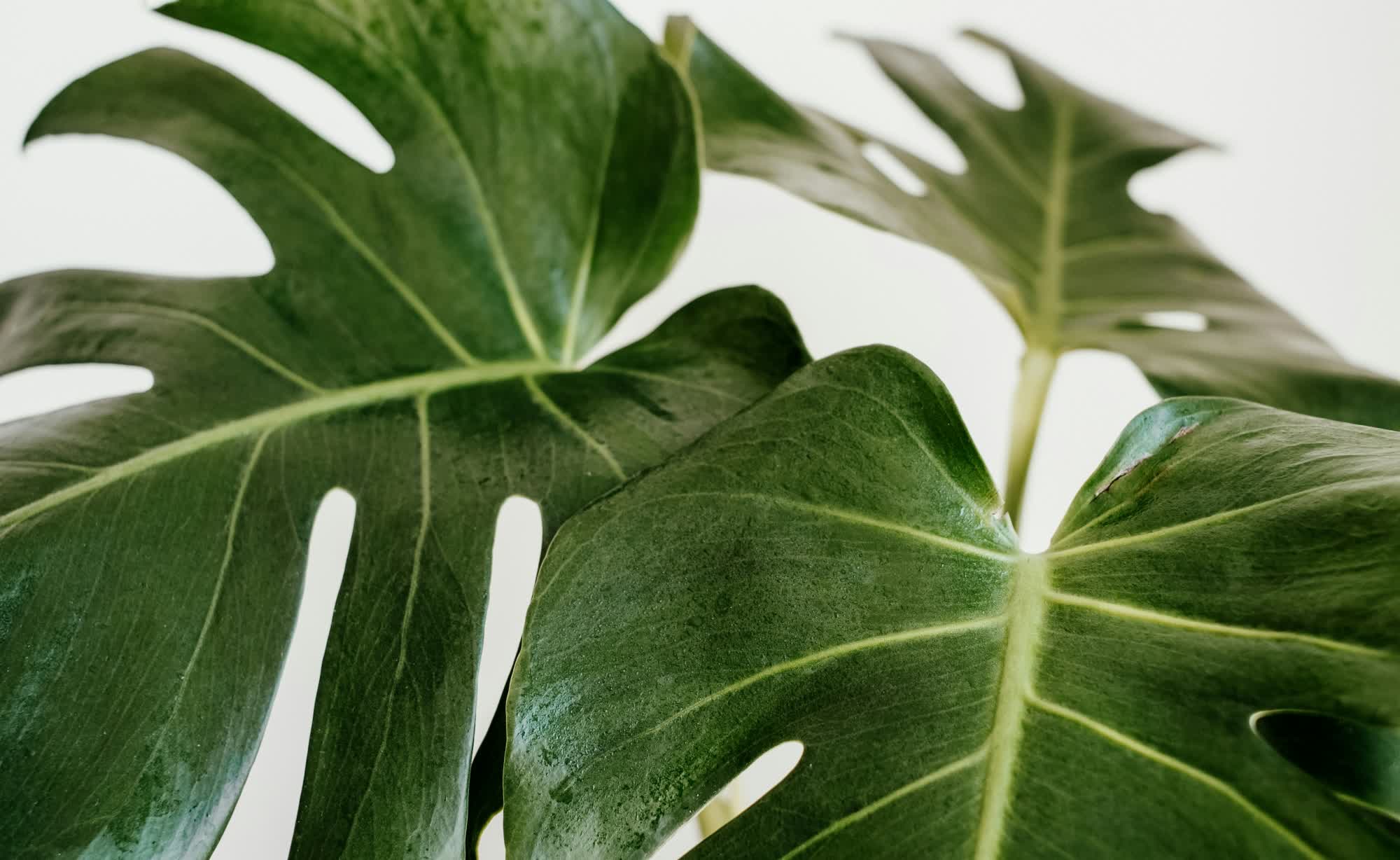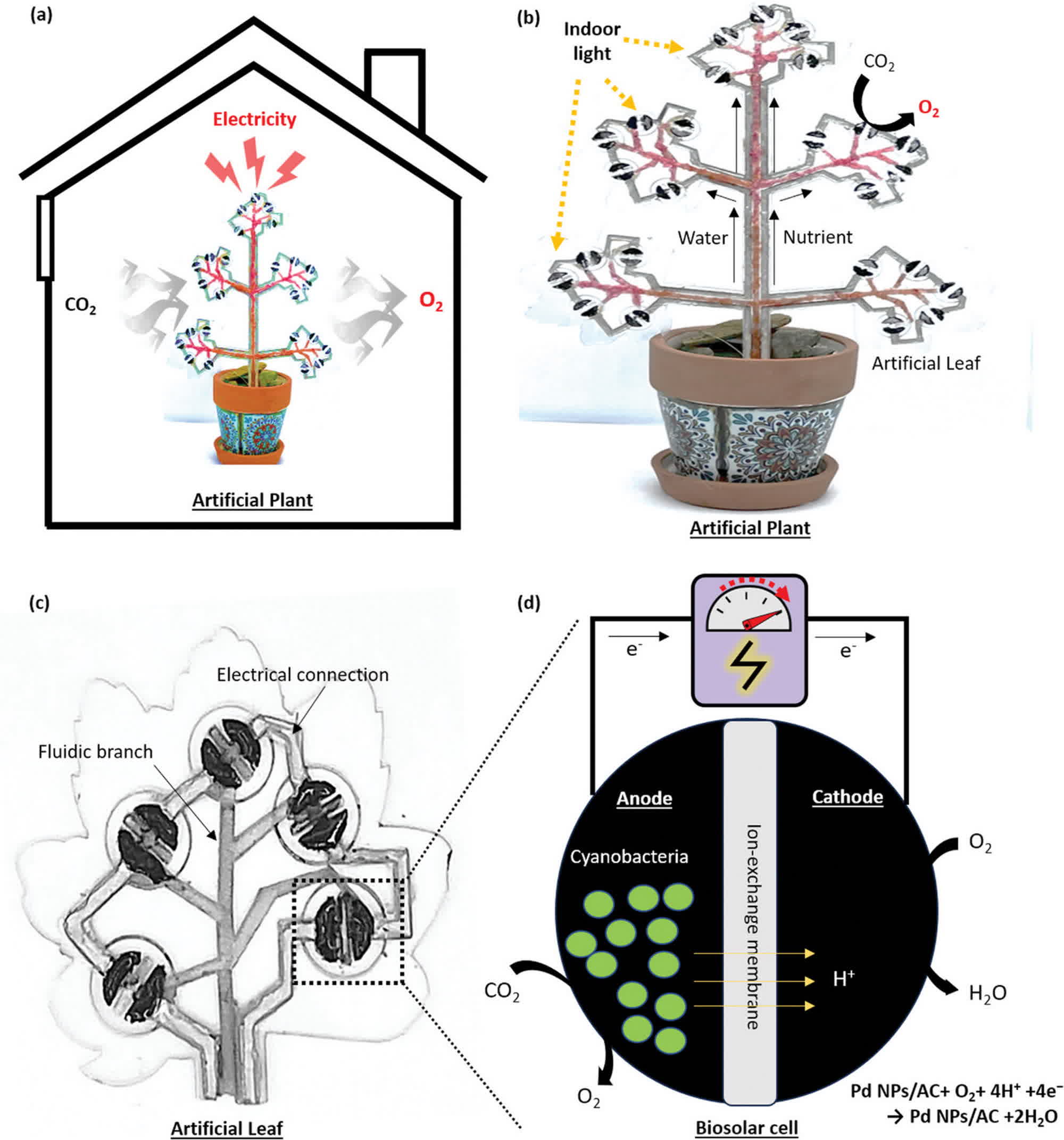Big if True: Cyanobacteria were the first organisms on Earth to develop the ability to produce oxygen. Through photosynthesis, they convert light into chemical energy and oxygen. According to a team of US researchers, cyanobacteria could even serve as a powerful air filtration system when integrated into a new "artificial plant" concept.
Scientists at Binghamton University, New York, created an artificial plant with innovative green capabilities while experimenting with biological solar cells. The team discovered that their experiment was far more capable than they initially thought, prompting them to develop the idea further. Their findings were described in a study published in Advanced Sustainable Systems.
The newly developed artificial plant can remove carbon dioxide from the air and generate enough electric power to recharge small portable devices, like smartphones. Equipped with cyanobacteria, the device is far more efficient than natural plants at filtering CO2 in a closed environment, as it can use artificial indoor light to drive the photosynthesis process.
The device can remove 90 percent of indoor carbon dioxide, reducing CO2 levels from 5,000 ppm to 500 ppm. In comparison, biological plants achieve only a 10 percent CO2 reduction. This technology can significantly improve air quality while also producing enough bioelectricity to power portable electronics.
The study highlights how indoor CO2 levels are often much higher than outdoor levels, especially in urban areas where people tend to spend over 80 percent of their time indoors. This is becoming a growing health concern, particularly as "traditional" air filtration methods lose their effectiveness due to global warming and pollution.
The artificial plant features five leaves, each containing "biological solar cells," and requires water and nutrients just like a natural plant. The system mimics the processes powering natural photosynthesis, such as transpiration and capillary action, with the byproducts being oxygen and an open circuit voltage of 2.7V, along with a maximum power output of 140µW.
The artificial plant has demonstrated its potential as a dual-function system for improving air quality and generating sustainable energy. According to Binghamton University professor Seokheun Choi, the device still requires some fine-tuning, but it could soon become a household staple, offering significant benefits and quality-of-life improvements.
An air-filtering plant that can charge a phone or serve other practical uses isn't far off in the future, Choi said.

